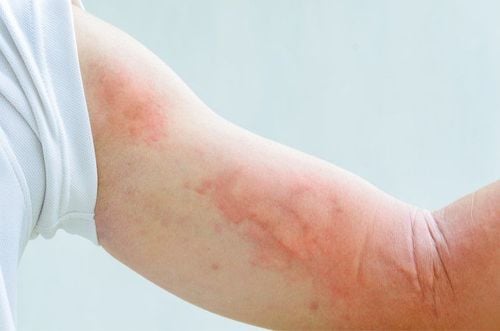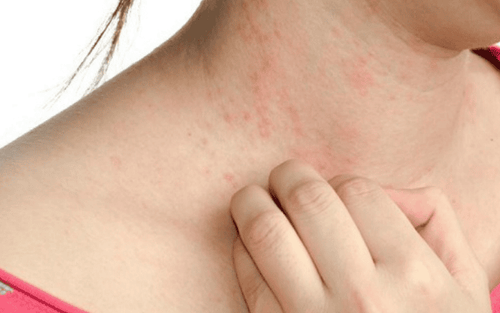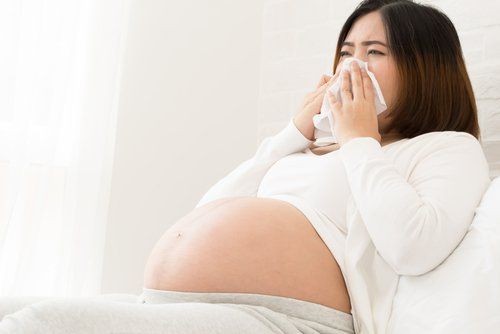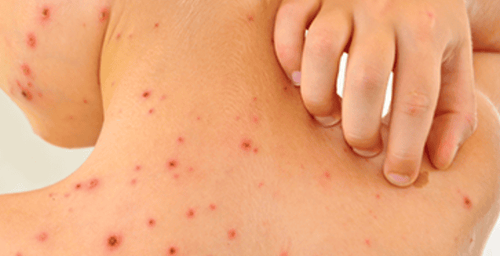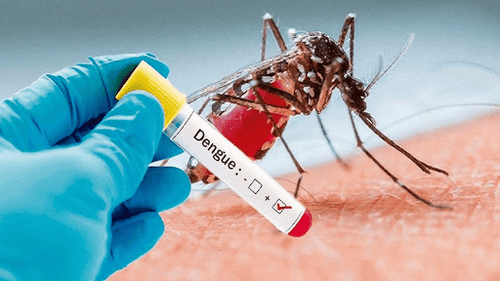This article was professionally consulted by Master of Medicine, Doctor Nguyen Thi Nhat - Infectious Disease Specialist - Department of Examination and Internal Medicine - Vinmec Hai Phong International General Hospital
When experiencing dengue fever, many patients often refrain from bathing and washing their hair due to the fear that water will worsen their condition and increase their fever. However, this is not a healthy practice. So, what is the proper way to bathe and wash hair while suffering from dengue fever?
1. Stages of dengue fever
Dengue fever is a common disease in Vietnam, transmitted to healthy people by the bite of Aedes aegypti mosquitoes. Typical symptoms of dengue fever are high fever and hemorrhagic spots under the skin, blood tests show low platelets.
In the early stages, the body temperature can reach 39 - 40 degrees Celsius. From the 3rd to the 7th day after the fever, severe symptoms of dengue fever begin to appear. At this time, the patient's fever may decrease or disappear. When recovering, the patient's fever will disappear and his/her condition will gradually improve. The platelet test will gradually increase and return to normal.
2. Can people with dengue fever take a bath?
When experiencing dengue fever, patients often wonder if they can take a bath. Some may opt to wipe their bodies with warm water instead. Parents of young children with weakened health often worry and may hesitate to bathe their kids, fearing that it could worsen their condition or lead to a more severe fever.
However, it is safe for patients with dengue fever to bathe normally. They should be cautious to avoid soaking in water for prolonged periods and should use water at a moderate warmth. It is essential to avoid bathing with cold water. If washing hair, especially for females with thick hair, it is advisable to dry it thoroughly and not leave it wet for too long, as this can lead to feeling cold.

In the case of thrombocytopenia in dengue, you need to avoid scrubbing hard because it will cause bleeding under the skin or in the muscles, which is extremely dangerous. Increased permeability of the vascular wall, decreased platelets... often appear in the middle stage, from about day 3 to day 7 of the disease, and cause hemorrhagic spots of varying degrees under the skin, red or purple, the patient may also have nosebleeds or bleeding gums. Subcutaneous bleeding often appears on the front of the two calves, the inside of the arms, abdomen, thighs, etc.
Therefore, during this time, you should limit bathing and washing your hair because it will cause the vascular wall to dilate strongly, making the bleeding worse. It is best to use a warm towel to wipe your body.
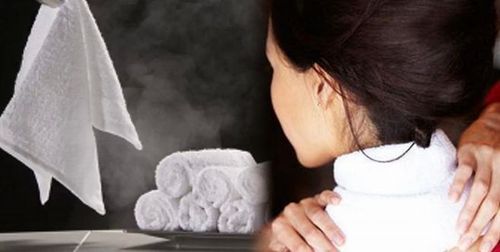
If a patient needs to bathe for any reason, it is important to use warm water. Avoid cold water, as it can cause the blood vessels in the skin to constrict while the internal blood vessels dilate, which can significantly increase the risk of death.
The decision to allow a patient to bathe should be made based on their individual condition, the stages, and the severity of their disease.
To arrange an appointment, please call HOTLINE or make your reservation directly HERE. You may also download the MyVinmec app to schedule appointments faster and manage your reservations more conveniently.






